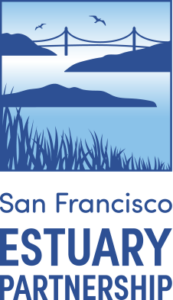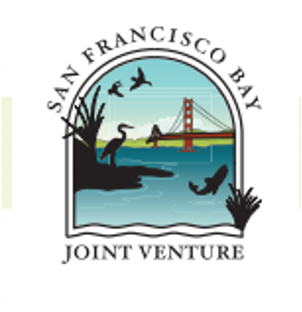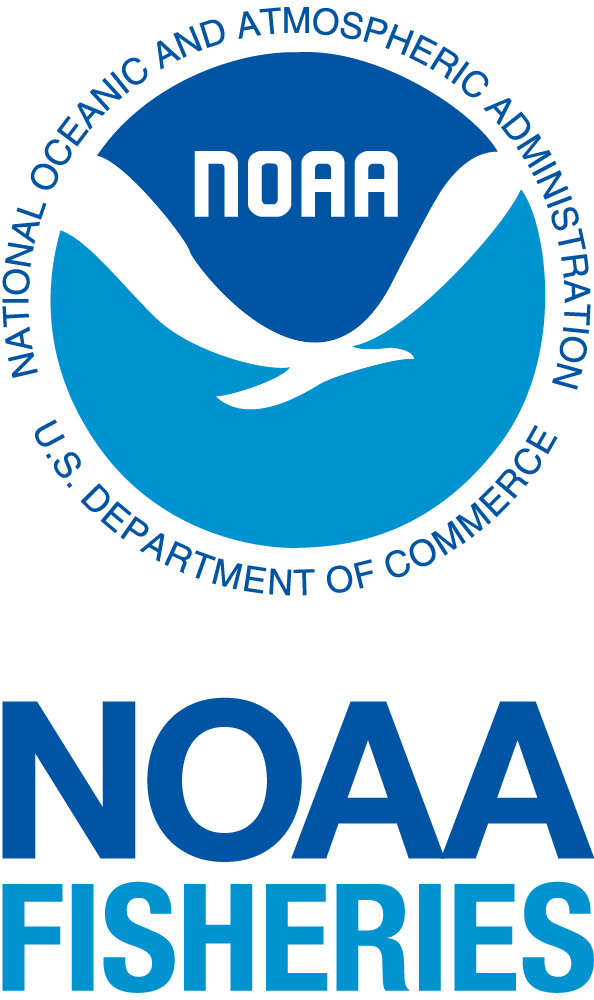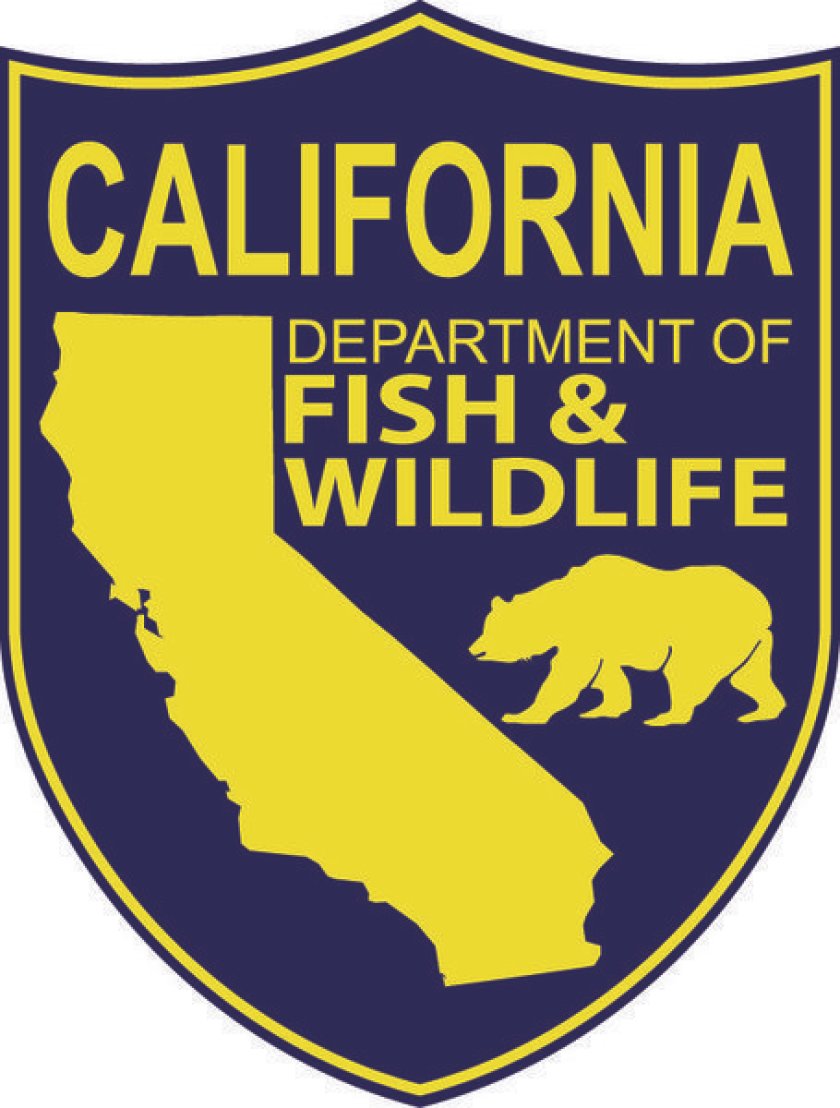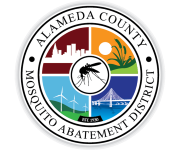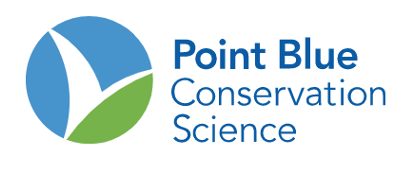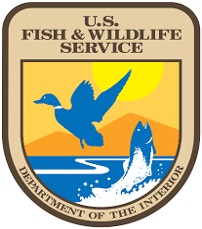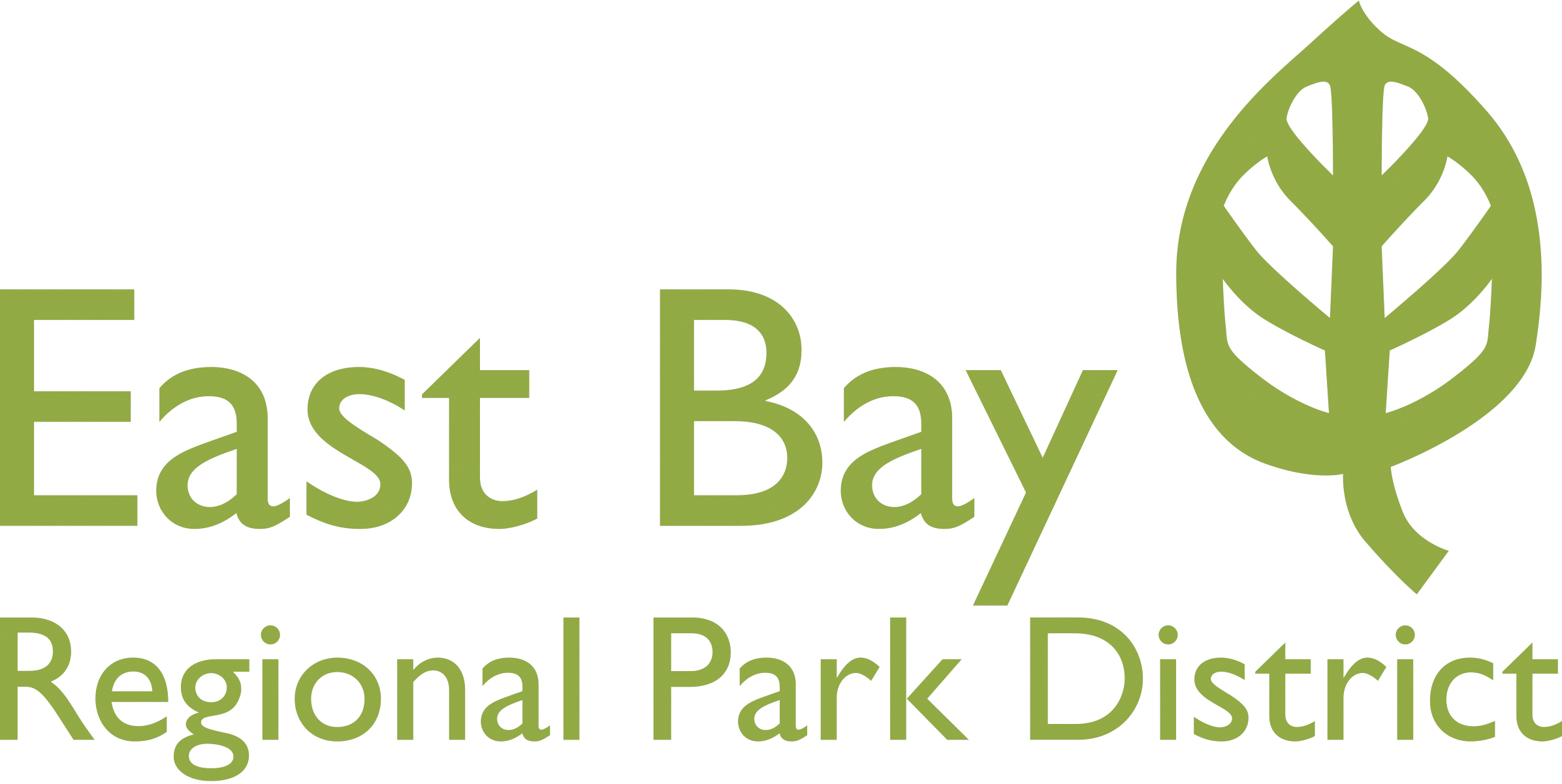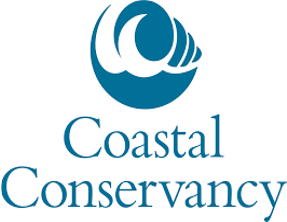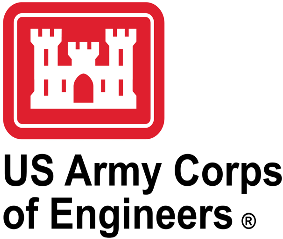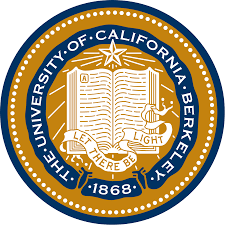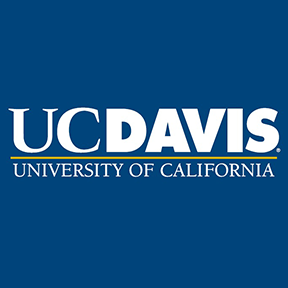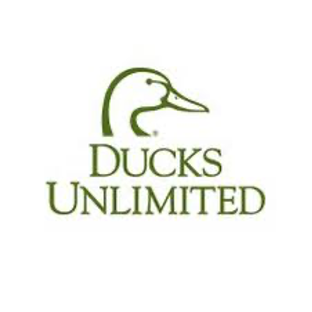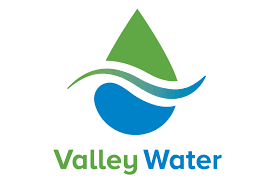Collaborative Science for Healthy Wetlands
Featured news posts

Spring 2023 Newsletter
This newsletter edition highlights key accomplishments during the first quarter of 2023, including identification of priority monitoring sites, new staff, workgroup progress, and upcoming work.
Fit-Gap Analysis Evaluates Geospatial Data Needs and Availability
The WRMP Fit-Gap Analysis Report describes the data needs for WRMP geospatial indicators and evaluates those needs against current datasets.
Join Us for the WRMP Virtual Open House
You are invited to learn what the emerging Wetlands Regional Monitoring Program is all about at the WRMP Virtual Open House, December 8, 2021.
Happy New Year from the San Francisco Estuary Wetland Regional Monitoring Program!
As we take a moment to reflect on this past year, we would like to share some accomplishments and milestones that the WRMP achieved in 2020.
About the WRMP
The San Francisco Estuary restoration community is working rapidly to protect and restore wetlands that can provide flood protection, recreation, water quality improvement, and habitat for surrounding communities. In order to meet a regional target of 100,000 acres restored by 2030, close coordination is needed between land managers, scientists and regulators. The WRMP will improve wetland restoration project success by putting in place regional-scale monitoring increasing the impact, utility and application of permit-driven monitoring to inform science-based decision-making. Once in place, the WRMP will be a robust, science-driven, collaborative regional monitoring program that includes:
- Monitoring site network
- Open data sharing platform
- Comprehensive science framework
Our Mission
The WRMP delivers coordinated regional monitoring of the San Francisco Estuary’s wetlands to:
- Inform science-based decision-making for wetland restoration and adaptive management, and
- Increase the cost-effectiveness of permit-driven monitoring associated with wetland restoration projects.
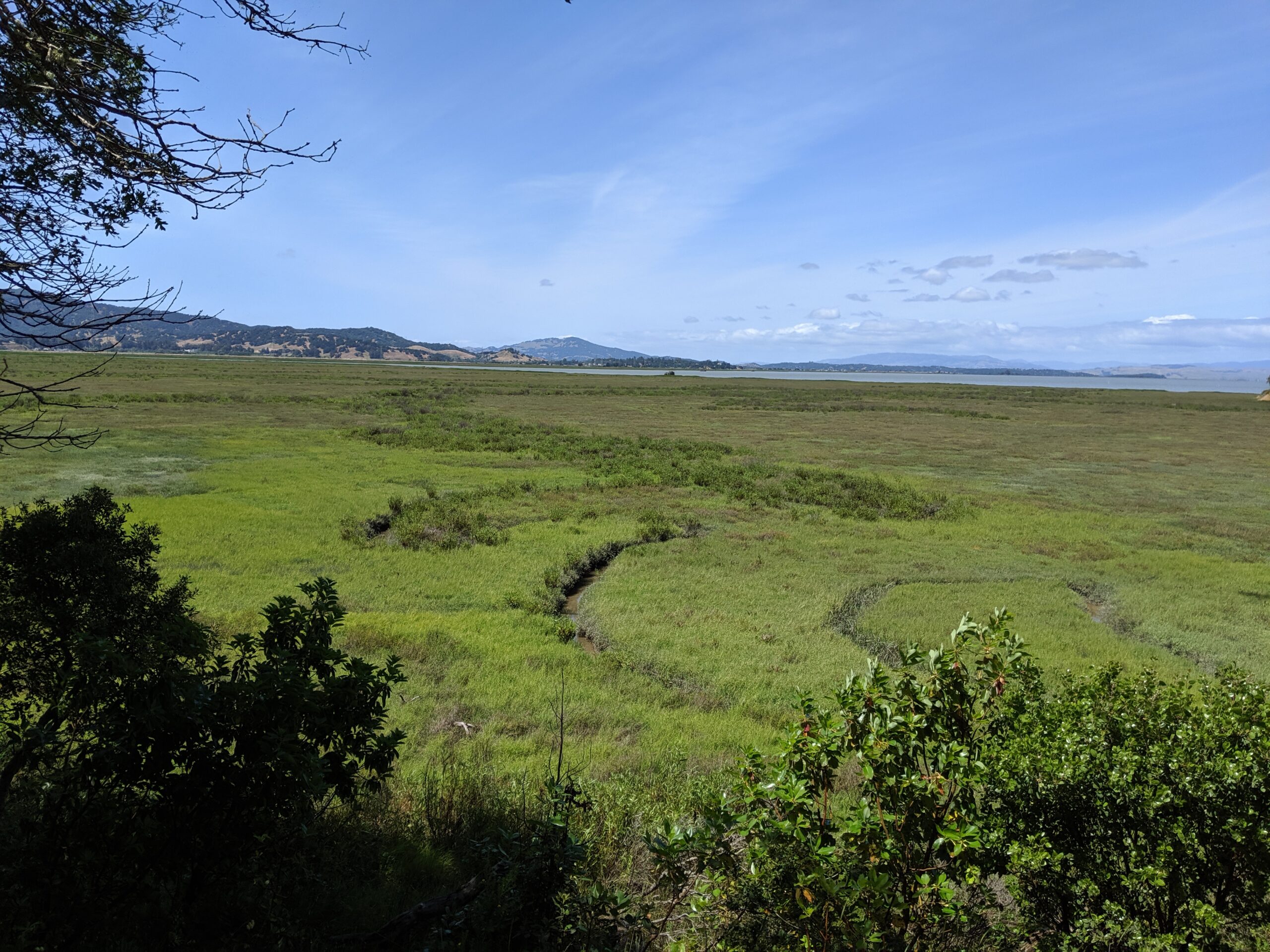
Why Regional Monitoring?
- Supports effort to meet 100,000 acre wetlands restoration goal
- Supports climate change adaptation and priority responses at regional scale
- Informs and potentially facilitates project specific monitoring
- Supports project design and adaptive management via centralized data management and analysis




